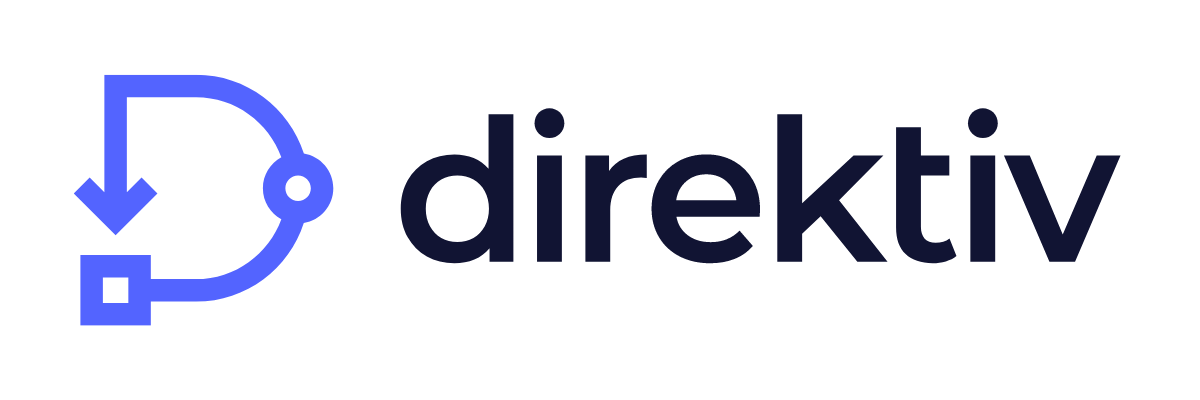The Future of Knative and What it Means for the Cloud Native Community

According to CNCF, Knative is an industry favorite non-hosted, serverless platform with a 27% adoption rate. Are we surprised? Hardly. Even major corporations, including IBM, RedHat, VMware, and SAP, are implementing the software into their daily infrastructure management. Knative provides IT engineers with the ability to run serverless workloads on Kubernetes clusters. This accelerates the time to build and orchestrate containers with Kubernetes (K8s) and makes the entire process more efficient. Think about Knative as the hot sauce to cloud native — it just makes everything better! 😉
Another core reason IT engineers are quick to adopt Knative is because CNCF recently acknowledged and accepted the software as an incubating project. CNCF incubating projects encompass technologies in their early adoption phase that can mature to “graduated” status. Ultimately, CNCF labels incubating and graduated projects as stable and being used well in production. As it stands, Knative is one of the first serverless platforms accepted by CNCF. This adds credibility to the project, only increasing the rate of global user adoption. But the question remains — what does the growing popularity of Knative mean for the cloud native community? Before we share the answer, let’s dive deeper into this software and discover why IT engineers are adopting this innovative technology.
What is Knative?
Knative is open source software that serves as an extension of Kubernetes containers and orchestrations. Enabling serverless workloads to run on K8s clusters, it allows IT engineers to deploy and manage containerized applications with a more “native-to-Kubernetes” experience. This reduces any friction when load balancing, scheduling, and more.
Essentially, Kubernetes itself is complex to manage and configure. This requires the use of multiple tools outside of the K8s platform. Sounds even more complex, right?
Since Knative is a tool directly within the K8s platform, it removes the need to use external technologies to automate K8s orchestration and management tasks. Likewise, the software comprises two components:
- Serving
- Eventing
The component, serving, helps to speed up the deployment and scaling of containers. And eventing triggers actions enabling applications to adjust to changes within the infrastructure automatically. Originally, there was a third component called build. However, this component has transformed into Tekton, an independent entity based on build, but offers increased flexibility and reusability. Together, these two components, in addition to Tekton, empower Knative to increase engineers’ productivity while reducing time spent on easily automated tasks.
What are the Benefits of Knative?
From increasing productivity to streamlining Kubernetes containerization and orchestration, Knative offers many benefits to IT teams. One aspect that cloud native IT teams often struggle with is vendor lock-in. Knative eradicates this issue by offering multi-cloud portability with its open source software. Now, IT engineers are free to use whichever cloud provider that suits their business needs best.
Overall, Knative:
- Eliminates the need for developers to provision and manage servers
- Increases productivity by automating complex, repetitive, and time-consuming tasks
- Reduces operational costs by only running code when necessary
- Eradicates the risk of vendor lock-in and offers multi-cloud portability
Where is Knative Headed and Where is it Taking the Cloud Native Community?
With all these benefits and use cases, it doesn’t take a rocket scientist to see why Knative is taking the cloud native industry by storm.
 (Source: Giphy)
(Source: Giphy)
However, CNCF accepting Knative is a huge stepping stone to mass adoption and the innovation of the software for years to come. A recent Forbes article states this acceptance “will fuel the development and adoption of serverless technologies in the cloud native ecosystem.”
Based on these recent events and the current rate of adoption, it seems that Knative will be a driving force in serverless implementation. This will enable IT engineers to run services on K8s without having to manage the complex infrastructure manually. As a result, IT engineers can focus their efforts on value-adding activities, increasing productivity and efficiency. In fact, CNCF hopes to ensure wider adoption of Knative and enhance features (yet to be released) to offer new serving and eventing functionalities to increase developer productivity.
So what does this mean for the cloud native community?
We can expect that platform vendors will add Knative capabilities to their software. This will keep competition fierce and give IT engineers autonomy over which software they choose to leverage. In addition, we expect that new iterations of Knative will come to market at a faster clip. For instance, an open source cloud native ML inference platform called KServe depends on Knative to auto-scale serverless architecture. This is just one example of how Knative is driving the adoption of serverless across the cloud native community. Even Google Cloud Functions is using a Knative compatible API! So what new functionality will come to market next? Stay tuned…
Final Thoughts
The secret is out — serverless architecture is growing in popularity due to the increase in Knative adoption. It's time to focus your attention on the technology that can help you leverage the power of serverless compute, container standards and Knative intelligence to execute any code, anywhere. That’s where Direktiv comes in. 👋
For Direktiv, selecting Knative as part of our platform strategy meant that we could leverage the benefits of Kubernetes without exposing our users to the intricacies of managing and maintaining Kubernetes. It allows us to deliver on the promise of serverless workflows and event-driven architecture without the need to add another 5 engineers to your operational overhead.
With Direktiv, you can build event-driven serverless workflows on any cloud-native platform. So what’s holding you back? Let’s get started.

.png)

